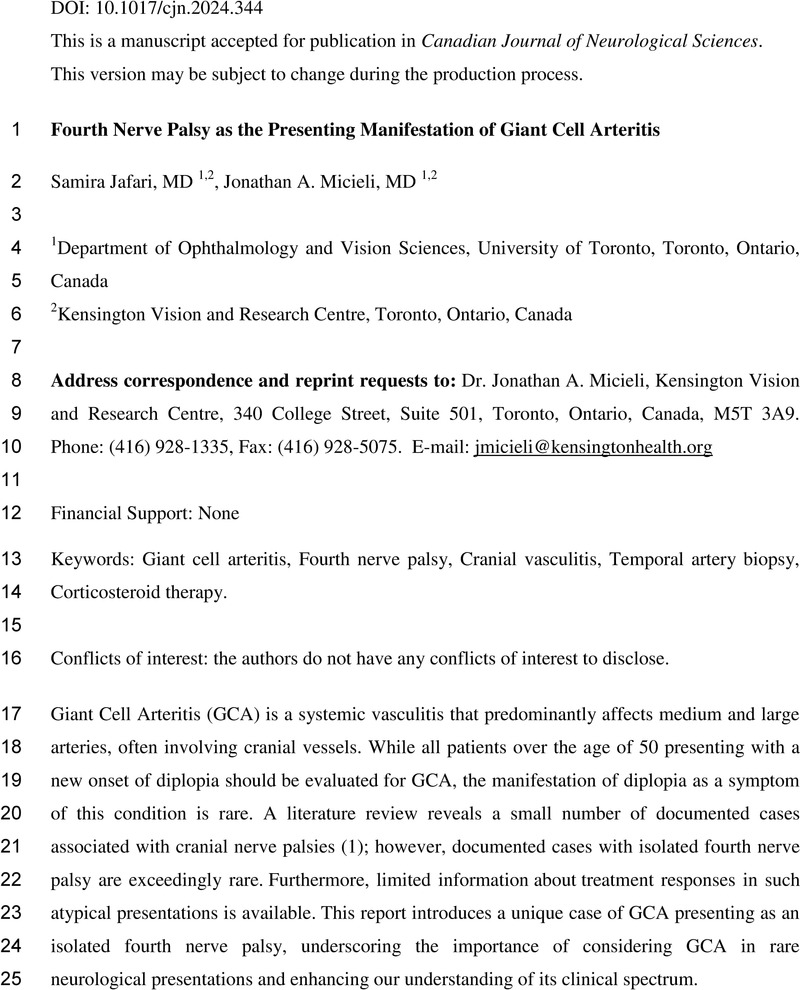Affiliation: Department of Ophthalmology and Vision Sciences, University of Toronto, Toronto, ON, Canada
Kensington Vision and Research Centre, Toronto, ON, Canada
Department of Ophthalmology, St. Michael’s Hospital, Unity Health, Toronto, ON, Canada
